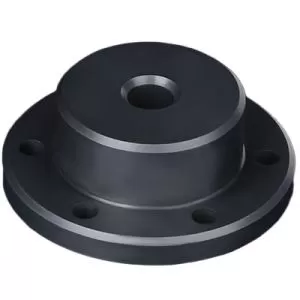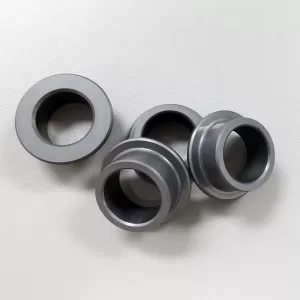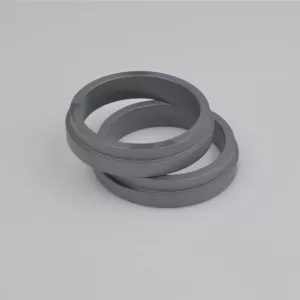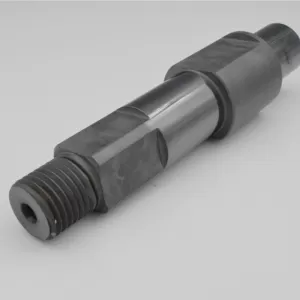Carbide Ceramics
Carbide ceramics refer to ceramic materials prepared with carbide as the main raw material. Common carbides include silicon carbide (SiC), boron carbide (B4C), tungsten carbide, titanium carbide (TiC), zirconium carbide (ZrC), hafnium carbide, etc. The melting point of many carbides is above 3000°C. Carbides will oxidize at very high temperatures, but many carbides have better oxidation resistance than high melting point metals such as W and Mo. Most carbides have good electrical and thermal conductivity, and many carbides have very high hardness. In particular, the hardness of B4C is second only to diamond and cubic boron nitride, but carbides are generally more brittle.
As a material with high strength, high hardness, high temperature resistance and chemical stability, carbide ceramics are widely used in various fields. In the future, with continuous breakthroughs in carbide ceramic synthesis methods and application technologies, it will replace more traditional materials and be more widely used in our lives and production.
Basic properties of carbide ceramics:
1. High hardness: The hardness of carbide ceramics can reach more than 20GPa, which is several times harder than common metal materials such as steel.
2. High strength: This material has extremely high tensile strength, flexural strength and hardness, and is not easy to deform and wear.
3. High temperature resistance: Carbide ceramics have excellent high temperature resistance and can be used for a long time below 800°C. They can maintain the performance of the material itself stably in extreme environments such as high temperature, high pressure, and corrosion.
4. Chemical inertness: Carbide ceramics are not easy to react with chemicals such as acids, alkalis, and salts, and maintain good chemical stability.
Application fields of carbide ceramics:
1. Automobile manufacturing industry: Carbide ceramics are often used to make engine parts, brake system wear parts, valve seat rings, etc. It can improve the wear resistance and corrosion resistance of automobile parts and reduce the failure rate and maintenance costs of automobiles.
2. Aerospace field: In the manufacturing and maintenance of aircraft, carbide ceramics are widely used in turbine blades, combustion chambers, high-temperature engine components, ceramic seals and other parts.
3. Cutting processing field: Carbide ceramics have excellent wear resistance and strength and are widely used in cutting processing tools, such as tungsten carbide blades, grinding heads, etc.
4. Electronic device field: Carbide ceramics can be used to make capacitors, resistors, semiconductor devices, etc., with excellent dielectric properties, thermal stability and corrosion resistance.
5. Medical field: Carbide ceramics are also used to make biological materials such as artificial joints, artificial eyes, and injury repair materials. They have the advantages of good biocompatibility, wear resistance, and anti-wear.
News About Carbide Ceramics
One step to find us,we will respond within 24 hours




